Limosa Goose weekend 2010
The participants on this action packed weekend enjoyed a fantastic time! Just as we were hoping when we designed this tour, it coincided with the peak of the spring goose migration in the Hortobágy National Park. Although following the largest ever Red-breasted Goose migration in the autumn of 2009, unfortunately the spring passage was rather poor. Nevertheless the aim of this weekend was still achieved as we saw several Red-breasted and (more importantly) Lesser White-fronted Geese on the tour.
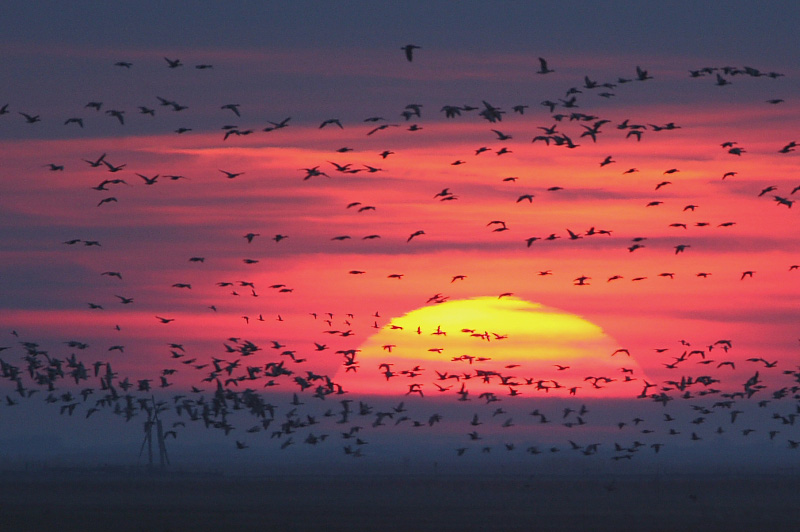
Sunset with geese Photo: János Oláh
Other highlights included a lovely pair of Sakers, up to 22 male Great Bustards in full breeding dress and a selection woodpeckers including Black, Middle-Spotted and Syrian. White-tailed Eagles were also a feature of the weekend with up 25 in a day with 14 in the same thermal.
Despite the cold weather we had a splendid tour and we hope to repeat it next March!
Sakertour team
Owl nest-boxing 2010
The Sakertour nest box scheme supplies new breeding boxes for owls every year. This year we have constructed 25 Ural Owl nest boxes (weighing about 8kg each) and placed them both in Transylvania and the Zemplén Hills. One of the specialities of our team is that everyone is involved in nature conservation and over the years we have put up hundreds of owl nestboxes for several species.
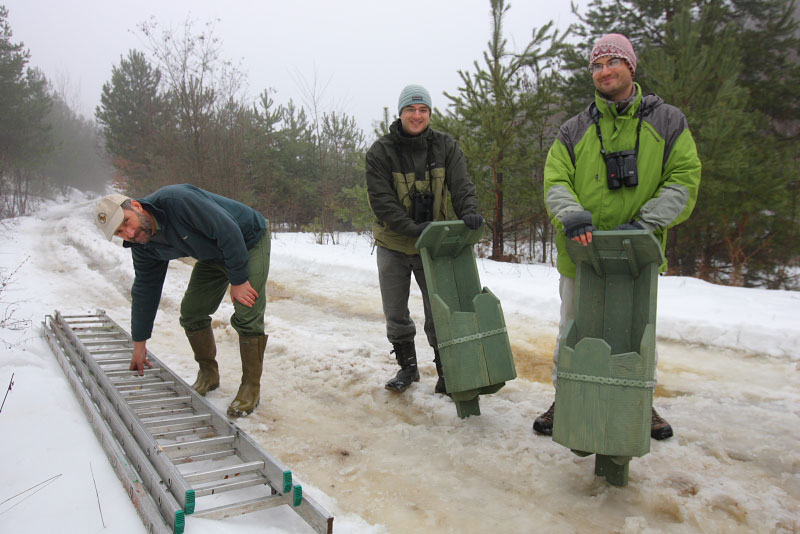
Zoltán, Attila and Gábor (from left to right) in preparation Photo: János Oláh
The scheme helps us to show our tour participants these secretive birds with a higher success rate then any other company in the Carpathian region. We plan to put up a few boxes for Tengmalm´s Owl as well, later this spring.
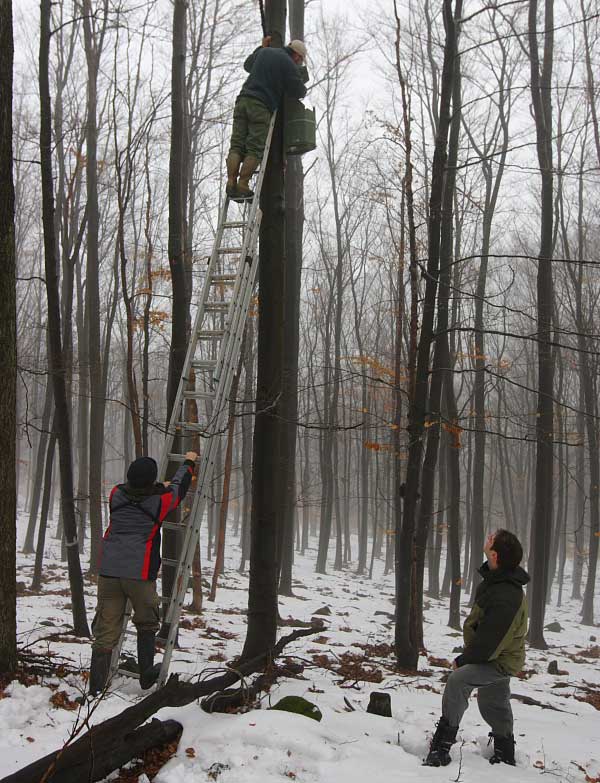
János, Zoltán and Attila (from left to right) puting up a nest box Photo: János Oláh
Sakertour team
New eagle record at the eagle hides!
Today we had 14 different White-tailed Eagles in front of ´eagle hide II´ – a record number! The previous highest count was 12 at one time. The Hortobágy National Park now begins to stir from its long winter ‘sleep’ and more and more eagles arrive daily, following the hordes of grey geese returning to these vast pannonian lowlands. Eagle activity is likely to be very good during the coming weeks. A slight concern is the rapid thawing of a substantial snowfall, which might cause a few places to become inaccassible.
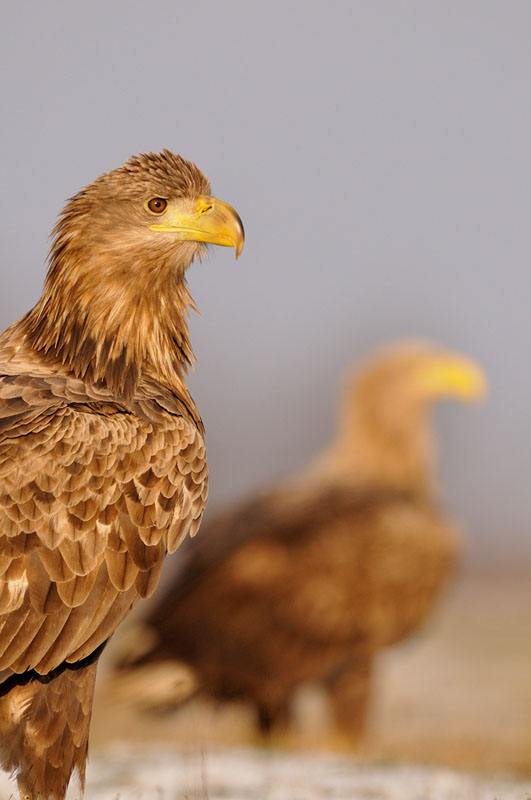
White-tailed Eagles Photo: Christian König
Sakertour Team
Hungarian National Eagle Count 2010
The Hungarian Ornithological Society (MME) – http://www.mme.hu/ – made the 7th Hungarian Eagle count in January. During this event over 245 observers counted wintering eagles all over Hungary. The most common eagle was White-tailed Eagle with 443-451 individuals and about 60 of these were in the Hortobágy region! Second most common was the Eastern Imperial Eagle with 125-127 individuals seen, followed by two Golden Eagles and a Greater Spotted Eagle.
The activity around the Sakertour eagle hides in the Hortobágy National Park is still good with White-tailed Eagles our daily guests.
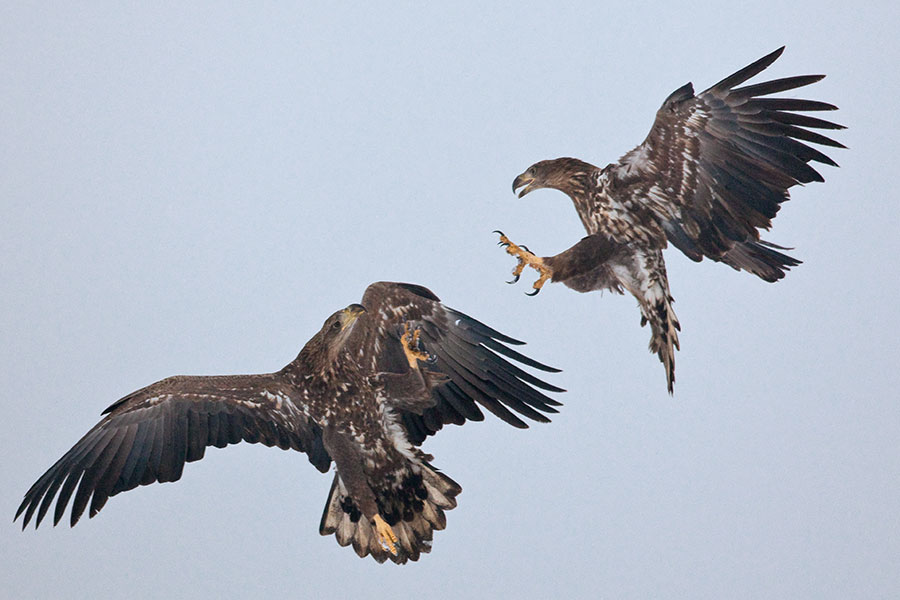
White-tailed Eagles fighting Photo: János Perényi
Sakertour team
Mid-winter bird count on the Carpathian lower Danube 2010
We made the annual midwinter waterbird count on the lower (Carpathian Basin section) of the River Danube from Orsova to Bazias. This c.130 kilometer stretch of Danube usually holds 25,000-30,000 waterbirds in winter. Numbers also depend on ice cover of the upper Danube sections (mainly in Hungary) as well as the weather generally.
This year the count was 24,632 waterbirds, of which the outstanding result was the record number of Pygmy Cormorants. We counted a total 3,766 birds at their roost, which also represents the biggest ever flock of this species in the Carpathian Basin and the grand total for this species was 3988.

Pygmy Cormorants along the Danube Photo: János Oláh
Other highlights included 15 divers, 10 Scaup, 9 Velvet Scoters, 8 Red-breasted Mergansers, 887 Smews and several Sombre Tits. The latter is a rare and restricted breeding bird in the Carpathian Basin. The mammal highlight was a superb lynx in the Bihar mountains on our drive to the Danube near the village of Halmágygórós (Grosi).
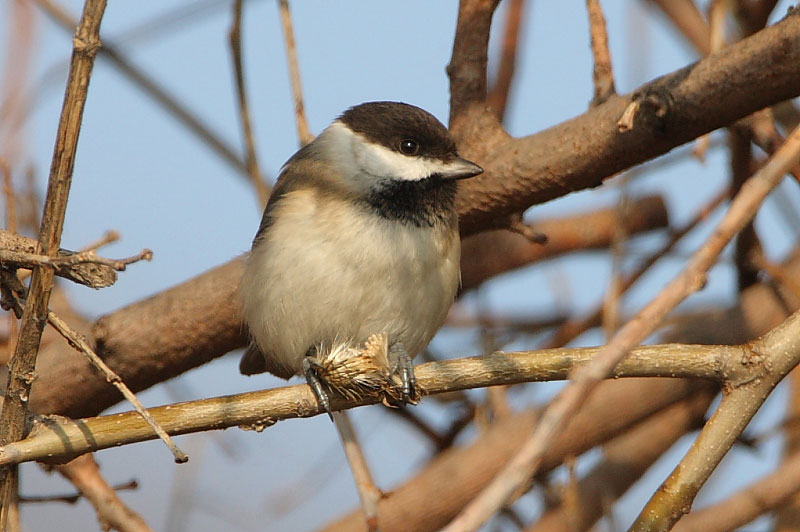
Sombre Tit Photo: János Oláh
Sakertour team
Oriental Turtle Dove in the Carpathian Basin!
There is a second calendar year Oriental Turtle Dove of the ´meena´ form near Lake Fertő in Hungary. This is the second ever observation of the species in both Hungary and the Carpathian Basin. The last record was on the 18th December, 1985 and it was not twitchable!
This superb bird was found by Sándor Mogyorósi the 11th of January so our great thanks goes to him!
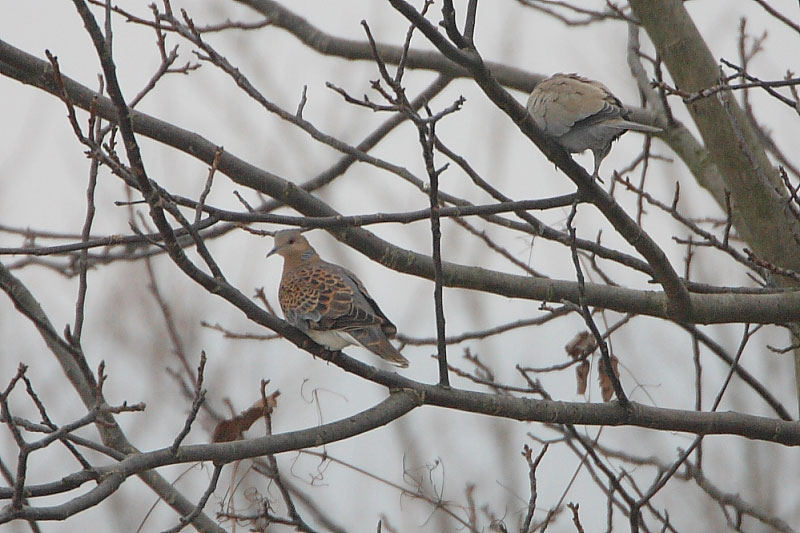
Oriental Turtle Dove Photo: János Oláh
Sakertour team
Eagle news 2010 Januar
The winter in Hungary is certainly varied this year (2009/2010)! It changes almost weekly and we are having all sorts of precipitation (rain, sleet, snow, ice, sleety rain) – we have had a lot! Unfortunately a rapid change does not help with the eagles and they can be rather unpredictable. Most of the time, however, at least one hide is visited by the eagles. See a few images below which were made in the last two weeks. Lots of images are due to be uploaded into our galleries so please keep checking:
http://www.sakertour.com/hidegallery.php?hide=1
http://www.sakertour.com/hidegallery.php?hide=19&author=&text=
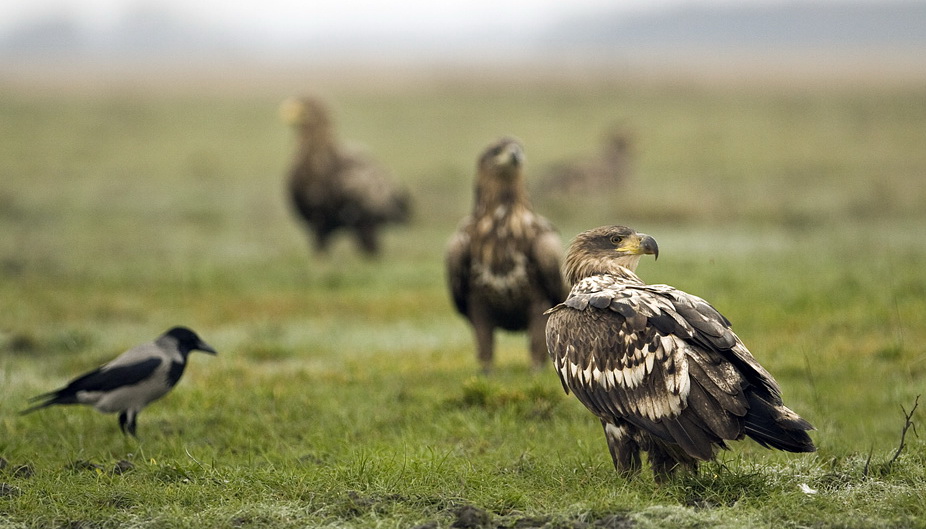
White-tailed Eagles Photo: Attila Szilágyi
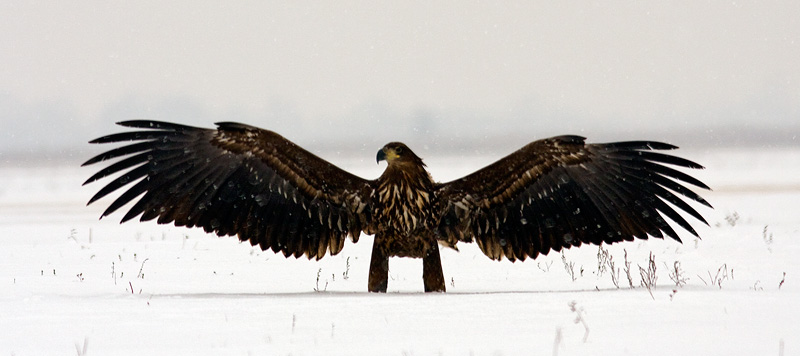
Juvenile White-tailed Eagle landing at eagle hide II. Photo: Attila Szilágyi
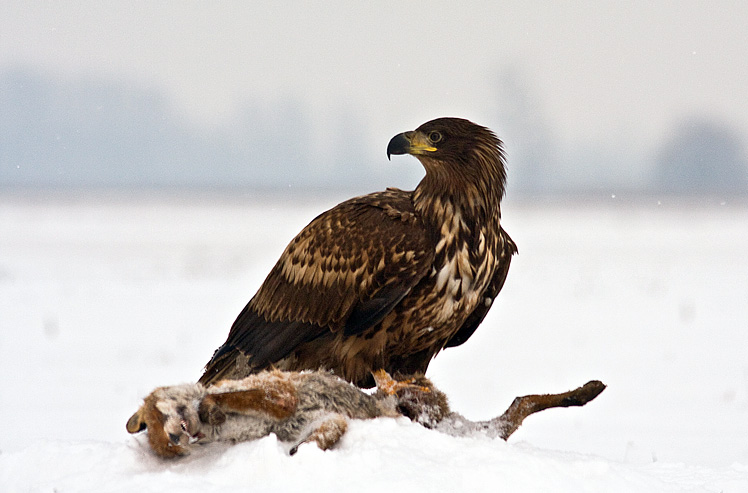
Juvenile White-tailed Eagle on a dead fox at eagle hide II. Photo: Attila Szilágyi
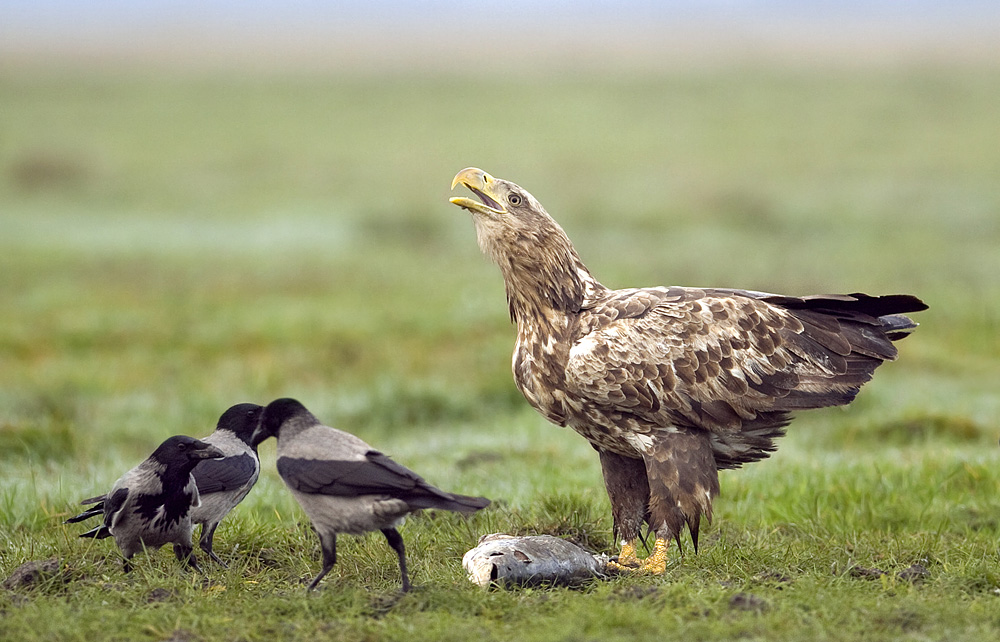
Adult White-tailed Eagle Photo: Attila Szilágyi
Our Eastern Imperial Eagle hide is operational but this year the Imperials not visiting it yet. We believe it is mainly bacause of the lack of autumn food in the area (so lots of juveniles left the area) and also the generally very mild winter. We still hope that it will get better in the second half of January. Amazingly, however, an adult Eastern Imperial Eagle was seen and photographed for the first time fro one of our hides on the 5th January this year by Csonka Péter.
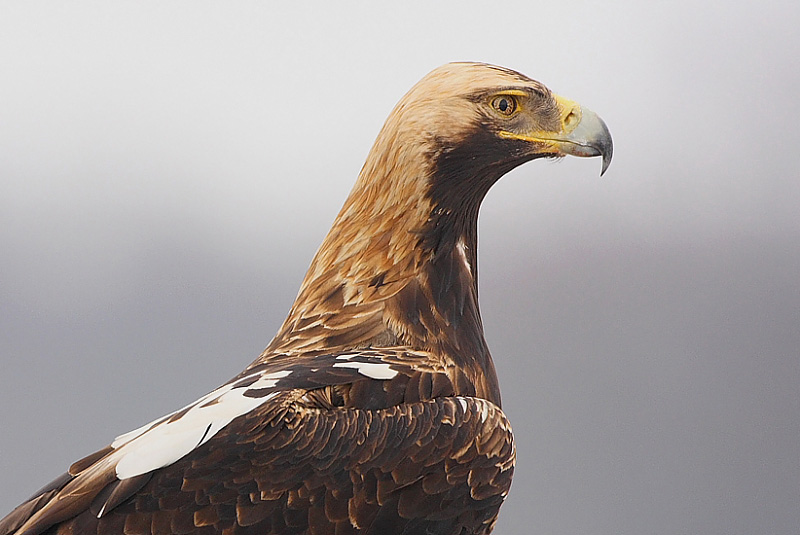
Adult Eastern Imperial Eagle Photo: Péter Csonka
We will have the annual eagle count on the 15th january so we will get to know the number of wintering eagles in Hungary. We will keep you posted!
Sakertour team

